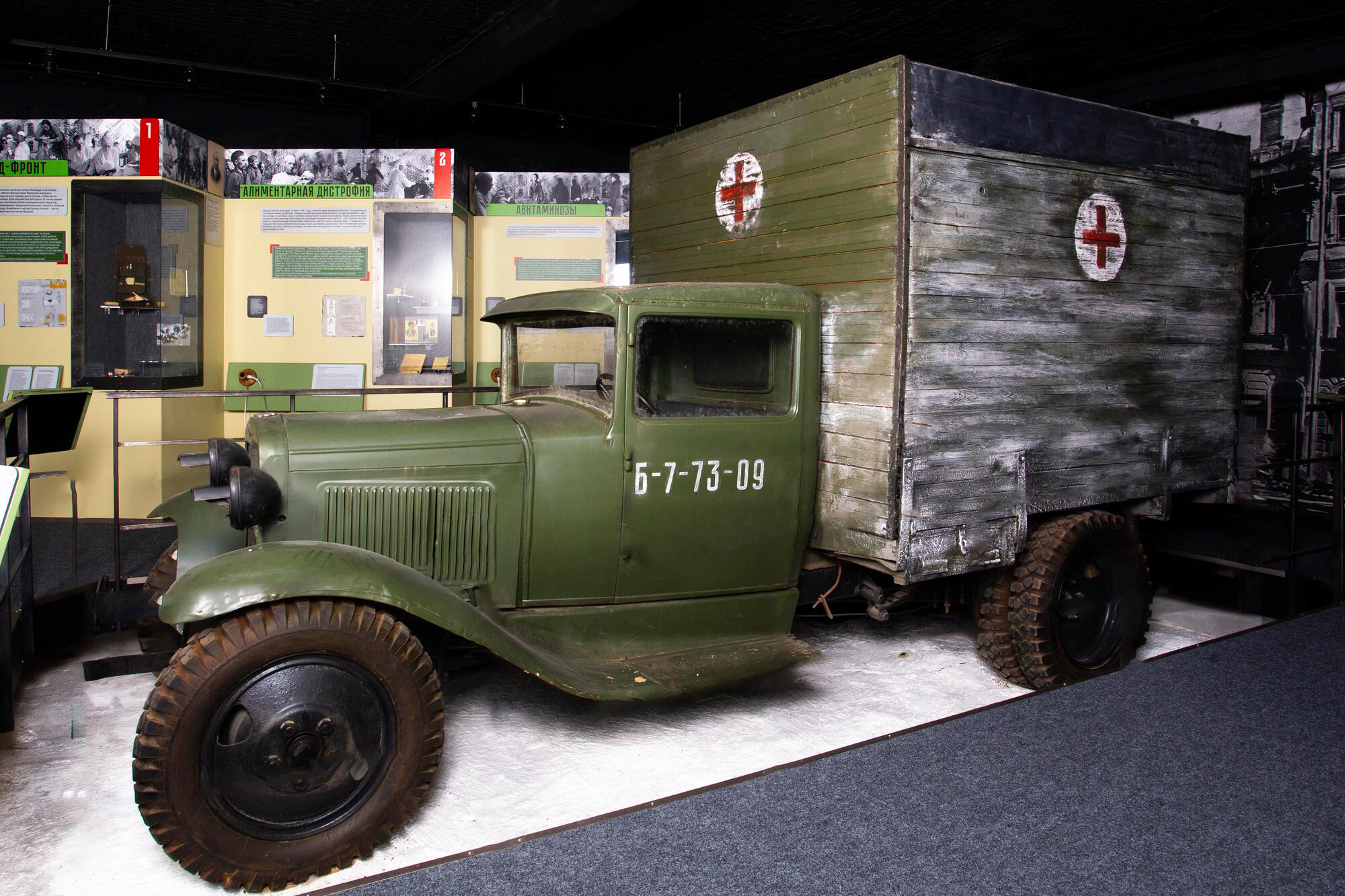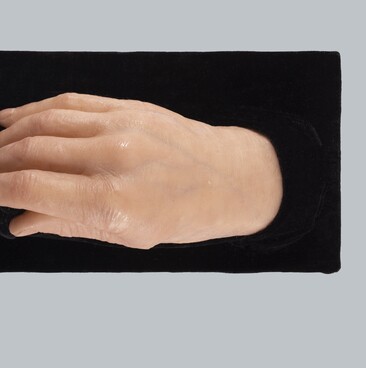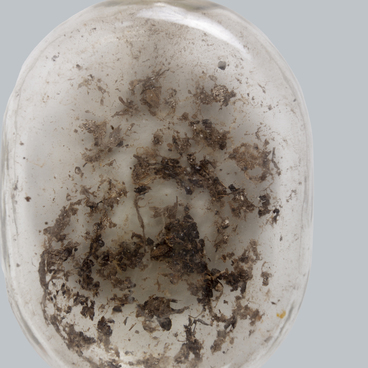The Road of Life was the only lifeline of besieged Leningrad. The route was used to evacuate local citizens to other regions and to deliver food and necessary supplies to the city. From the first months of the siege, there was an urgent need to evacuate the population. The primary reasons included the deterioration of the food supply and the development of alimentary dystrophy.
The evacuation consisted of several stages. First, people were brought to the evacuation centers and sanitary inspection stations at Finland and Moscow Railway Stations in Leningrad. Then, near the village Vaganovo (and after February 1942 at the Borisova Griva Station), they changed from a train to a car to cross Ladoga Lake. Accompanied by nurses and paramedics, they were transported to the east.
The hardest part of the journey was the 30-km-long ice road. Some citizens tried to escape on their own and many of them died on the ice of Lake Ladoga. To provide timely assistance, bandaging and warming stations were set up every 6–10 kilometers along the route.
After completing this part of the journey, some citizens were accommodated in the villages of Kobona and Lavrovo, while others stayed at the Zhikharevo Station. After that, the evacuation to other Russian regions continued by railroad transport. The GAZ-AA was a legendary truck that transported people over the ice road.
The vehicle’s maximum capacity was 15 people. In the far corner of the truck, a portable stove was sometimes installed to keep people warm during the ride because there was no in-built heater in the back. The truck also featured two pairs of rail guides to accommodate stretchers on each side.
The truck from the museum’s collection was assigned to the 73rd Independent Transport Company of the Leningrad Front Medical Directorate.
Inside the car model, there is a diorama that tells the story of how Leningrad residents were rescued by medical professionals during the siege. Along one of the sides, there is a stretcher carrying a wounded man with a bandaged head. He wears boots and is covered with blankets. Bandages with traces of blood cover his head and face. A nurse sits beside him on a small bench with a wrapped baby in her arms.
The evacuation consisted of several stages. First, people were brought to the evacuation centers and sanitary inspection stations at Finland and Moscow Railway Stations in Leningrad. Then, near the village Vaganovo (and after February 1942 at the Borisova Griva Station), they changed from a train to a car to cross Ladoga Lake. Accompanied by nurses and paramedics, they were transported to the east.
The hardest part of the journey was the 30-km-long ice road. Some citizens tried to escape on their own and many of them died on the ice of Lake Ladoga. To provide timely assistance, bandaging and warming stations were set up every 6–10 kilometers along the route.
After completing this part of the journey, some citizens were accommodated in the villages of Kobona and Lavrovo, while others stayed at the Zhikharevo Station. After that, the evacuation to other Russian regions continued by railroad transport. The GAZ-AA was a legendary truck that transported people over the ice road.
The vehicle’s maximum capacity was 15 people. In the far corner of the truck, a portable stove was sometimes installed to keep people warm during the ride because there was no in-built heater in the back. The truck also featured two pairs of rail guides to accommodate stretchers on each side.
The truck from the museum’s collection was assigned to the 73rd Independent Transport Company of the Leningrad Front Medical Directorate.
Inside the car model, there is a diorama that tells the story of how Leningrad residents were rescued by medical professionals during the siege. Along one of the sides, there is a stretcher carrying a wounded man with a bandaged head. He wears boots and is covered with blankets. Bandages with traces of blood cover his head and face. A nurse sits beside him on a small bench with a wrapped baby in her arms.


